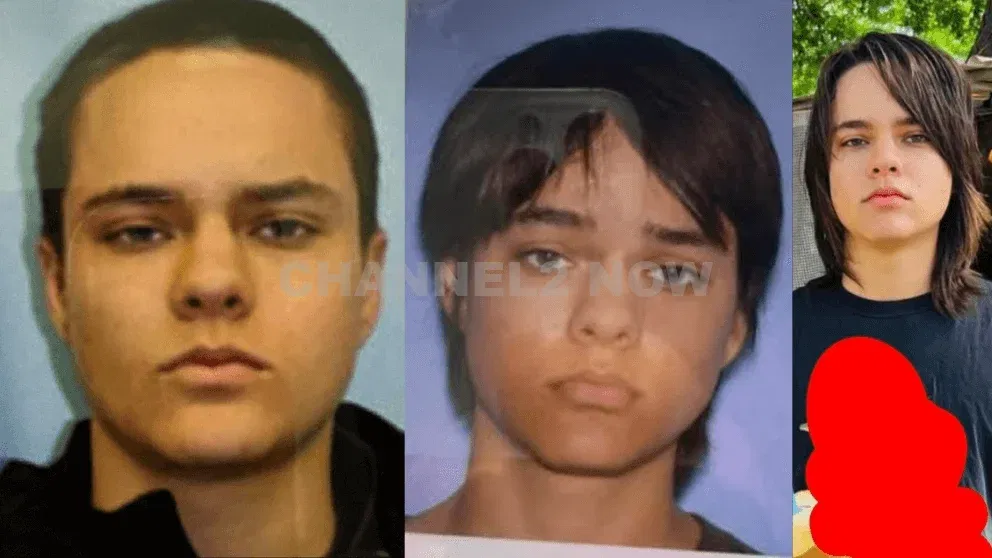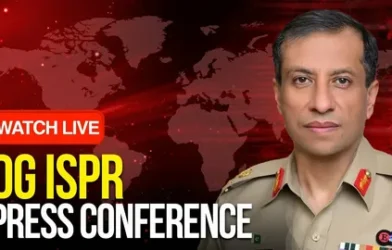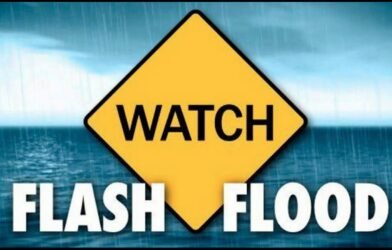Introduction Wess Roley
In late June 2025, a shocking and tragic event unfolded in Coeur d’Alene, Idaho, capturing national attention. A name previously unknown—Wess Roley—suddenly trended across the United States after an ambush on firefighters led to multiple deaths and injuries. The incident, chilling in both its intent and execution, has sparked discussions about mental health, emergency responder safety, and deeper societal issues.
This blog explores who Wess Roley was, what happened on Canfield Mountain, and the broader implications of this devastating act.
Who Was Wess Roley?
Wess Roley was a 20-year-old man with a background that, at first glance, didn’t raise alarms. He had lived in several states, including Arizona and California, before settling in Idaho in 2023 or 2024. His family worked in arboriculture, and he too had experience climbing trees professionally. At one point, Roley had expressed interest in becoming a firefighter.
Despite this, his life had reportedly taken a darker turn in recent months. He became increasingly isolated, had limited contact with family, and posted troubling content on social media. Though there was no criminal record beyond a minor trespassing incident, his recent behavior had begun to raise concerns among those who knew him.
The Ambush on Canfield Mountain
On a quiet morning in Coeur d’Alene, local firefighters responded to what appeared to be a routine wildfire on Canfield Mountain. What they didn’t know was that the blaze had allegedly been deliberately set by Roley himself, not as an act of vandalism or recklessness, but as bait.
According to officials, Roley used a flint to start the fire and then climbed a tree near the scene. Armed and concealed by the forest, he waited for the emergency crews to arrive. As the firefighters approached the fire, Roley opened fire from above, catching the crew completely off guard.
Two firefighters were killed in the ambush, and a third was critically injured. The shooter’s elevated position made the attack particularly difficult to respond to, as returning fire from ground level was nearly impossible. Firefighters had to take cover behind their trucks, with some hiding for hours until help arrived.
Roley himself was later found dead. Investigators are still determining whether he was killed in an exchange of fire or died by suicide.
A Community in Mourning
The tragedy rocked the local community in northern Idaho. Coeur d’Alene, a town known for its natural beauty and tight-knit population, had never witnessed an act of violence quite like this. Vigils were held for the fallen firefighters, flags were lowered, and local departments expressed grief and disbelief.
The two firefighters killed were described as seasoned professionals and dedicated public servants. The injured firefighter remains in critical condition, with the community rallying around their family.
The grief extended beyond Idaho, with fire departments across the nation expressing solidarity and condolences. For first responders everywhere, the attack highlighted the growing risks they face—not only from fires but from unpredictable and deliberate violence.
Searching for Motive
Perhaps the most disturbing part of the incident is the lack of a clear motive. While some speculated about political or ideological reasons—especially since the attack happened near the anniversary of a known extremist compound burning—investigators found no evidence that Roley was affiliated with any groups or movements.
No manifesto, no written plan, and no confirmed ideological ties have been uncovered. His online activity showed some signs of discontent with society, law enforcement, and authority figures, but nothing that clearly forecast such an act.
Some neighbors and acquaintances reported subtle warning signs—abrupt changes in appearance, strange hashtags in social media posts, and intense interest in firearms. However, these signs were not enough to predict the scale or severity of what would come.
The Complexity of Mental Health and Isolation Wess Roley
The Wess Roley case underscores a pressing challenge in today’s society: how to identify and help individuals in crisis before tragedy occurs. Roley was not previously flagged by mental health systems or law enforcement. He wasn’t known for violent behavior. But beneath the surface, something had gone terribly wrong.
The combination of isolation, access to weapons, and growing discontent has proven dangerous in multiple incidents across the country. This event adds to a growing pattern that leaves both experts and the public searching for better prevention methods.
While mental health struggles alone don’t lead to violence, untreated issues combined with access to lethal means and lack of intervention can have catastrophic results.
Reassessing First Responder Safety
The Roley ambush has prompted serious conversations about the safety of emergency personnel. Firefighters are trained to fight fires, not to respond to gunfire in what should be non-combat zones. Unlike police officers, they don’t typically wear ballistic gear or operate with the expectation of armed confrontation.
Going forward, local and national agencies may need to reassess protocols for responding to wildfires and other public emergencies—especially in remote areas where visibility and communication can be limited.
Conclusion
The tragedy involving Wess Roley leaves more questions than answers. A young man with aspirations to join the very people he ultimately attacked carried out a calculated and deadly ambush. The victims were not just professionals doing their jobs—they were protectors of the community.
As investigations continue and the community heals, one truth stands out: this act of violence has changed how we view safety, mental health, and first-responder risks. It is a grim reminder that beneath even the calmest surfaces, unseen battles can lead to devastating outcomes if left unaddressed.
The hope now is that from this darkness, lessons are learned—so that such a tragedy never happens again.












Comments are closed